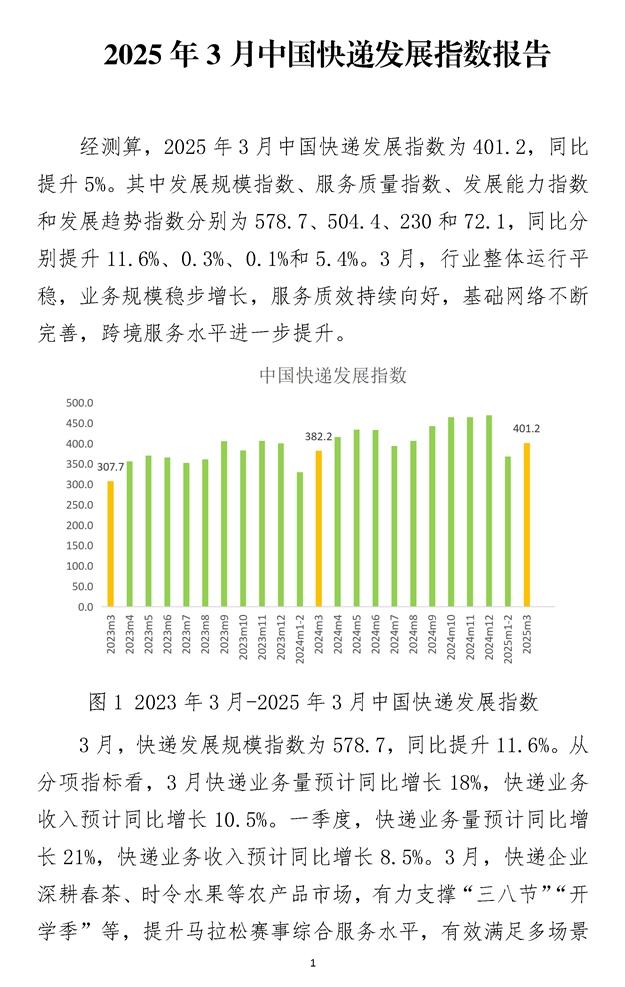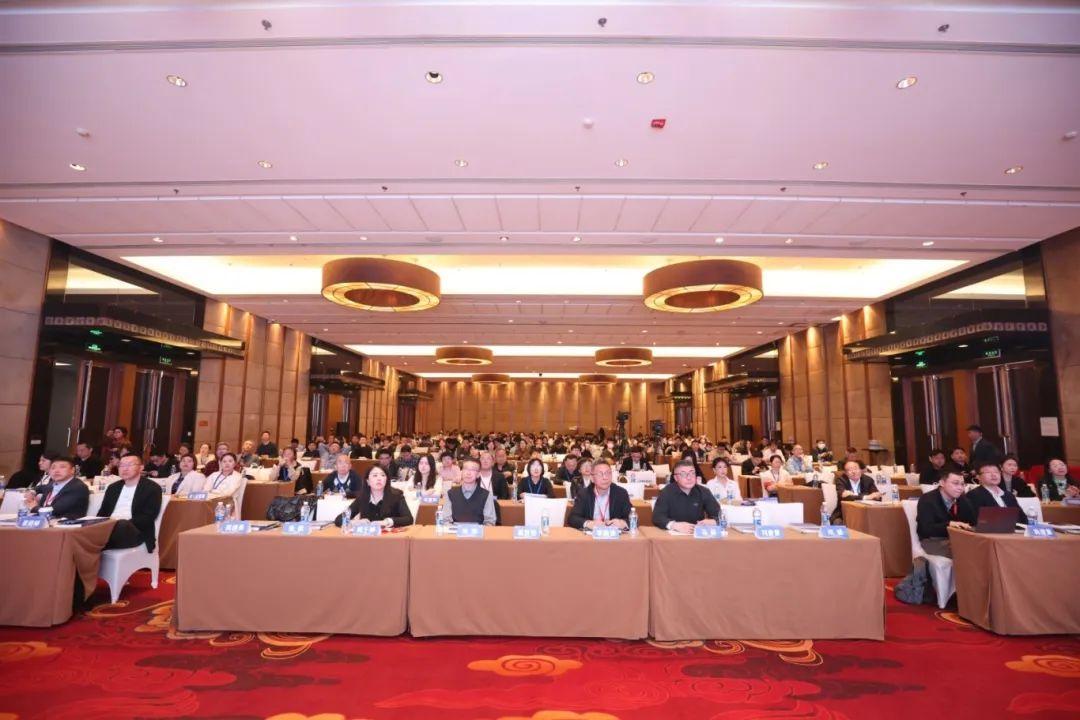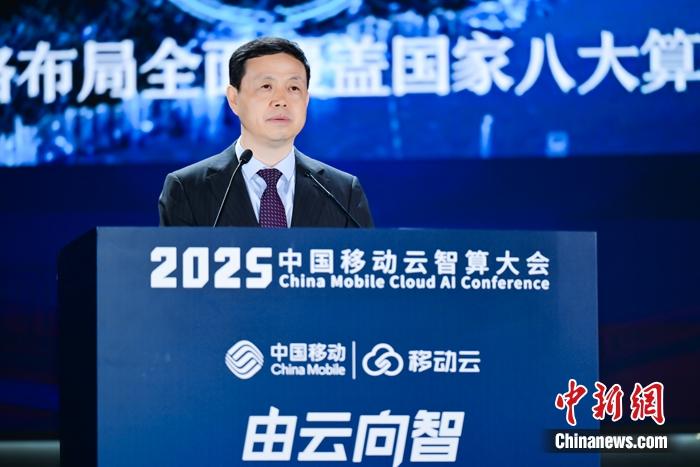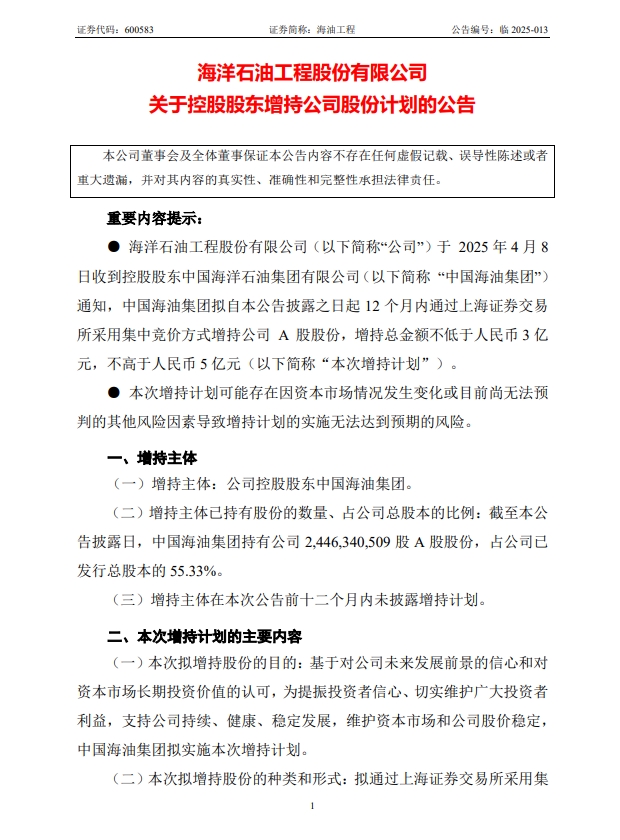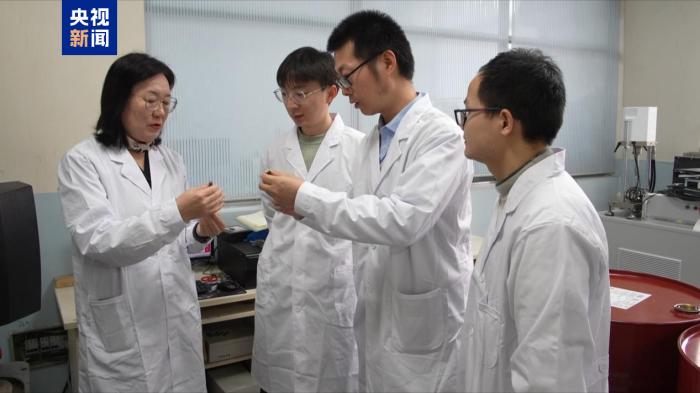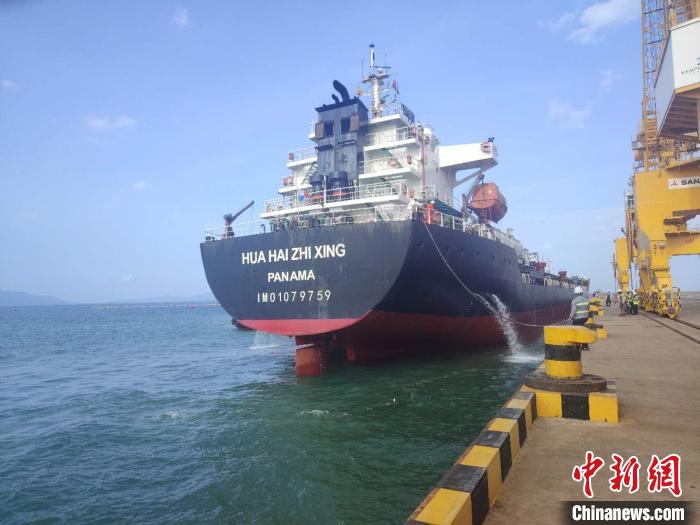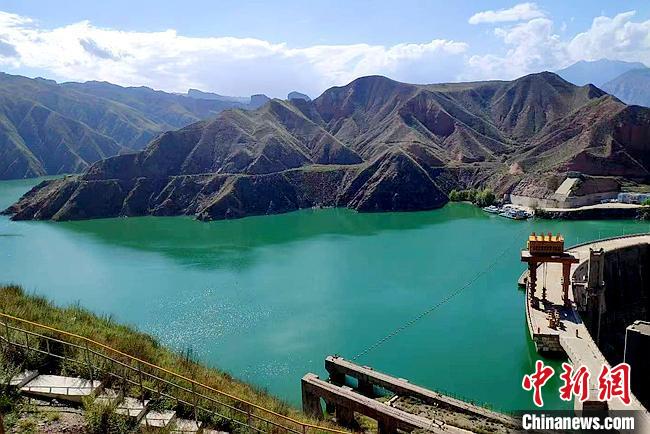In 1978, one of China's most significant basic policies, reform and opening up, was adopted under the leadership of late Chinese leader Deng Xiaoping. Since then, generations of Chinese leaders have been firmly committed to the policy, turning China into a vibrant socialist market economy open to the outside world.
In the past 45 years, China, the largest developing country in the world, has created a "new miracle" in terms of socioeconomic development in the history of human civilization.
When looking back at the 45 years that China has been experiencing, we are looking at the entire history of the industrial revolution, only in a shortened period.
The past 45 years of its reform and opening-up have seen and made China the fastest economy in terms of development process in history.
The average annual economic growth rate is 9.8 percent from 1979 to 2012, the total economic volume has jumped from 10th to second place in the world, and the contribution rate to world economic growth has reached 38.6 percent from 2013-2021, successfully realizing the leap from a low-income country to an upper-middle-income country.
Since the beginning of reform and opening-up, China has gradually promoted the reform of the rural land system, the household registration system, the development of township enterprises, urban state-owned enterprises, foreign investment, financial services, the science and technology management system, the special economic zone, and other relevant systems.
The relationship between the state and the people has fully mobilized the enthusiasm of producers, stimulated economic vitality, completed the transformation from a planned economy to a market economy, and jointly created a Chinese miracle of economic development.
Guangdong: Riding the wave of reform and opening up
Nothing exemplifies the success of Chinese reforms more than Shenzhen in the southern Guangdong province. In 1979, it was still a poor fishing village with some 20,000 inhabitants struggling at a subsistence level. Today, it has an urban population of almost 18 million and its GDP per capita exceeds $27,000, which is at par with Portugal and Bahrain. In this process, a special catalyst role belongs to the special economic zones, which were initiated in the big first-tier cities of coastal China.
From the special economic zone to the pilot demonstration zone, as a brand new city created after the reform and opening up, Shenzhen has shown to the world the magnificent power of China's reform and opening up and the bright prospects of socialism with Chinese characteristics.
At Honor Device Co, a smartphone maker located in an intelligent industrial park in Shenzhen, there are only 24 workers, as 75 percent of the work is done by automated equipment, and it only takes 28.5 seconds to produce a mobile phone.
Such a busy but intelligent work site is also seen in a logistics department under the China Duty Free Group in Qianhai and Shekou Area of the China (Guangdong) Pilot Free Trade Zone in Shenzhen. The smart assembly line system sorts more than 10,000 parcels daily with the help of smart technology, and the number can be even higher at peak shopping times such as the Double 11 shopping gala.
The efficient production and the exponential growth put on vivid display the quintessential "Shenzhen speed," which refers to the rapid transformation of the city from a fishing village to a world-class metropolis in just a few decades.
It also mirrors China's progress of technological prowess as sci-tech innovation has played a decisive role in promoting China's high-quality development and modernization drive.
As the home of many technology companies such as electric vehicle manufacturer BYD, tech giant Huawei Technologies and drone-maker DJI, Shenzhen is regarded as the window of technology innovation of China.
The total added value of strategic emerging industries in 2022 was 1.33 trillion yuan ($187 billion), an increase of 7 percent over the previous year, accounting for 41.1 percent of the regional GDP, according to the local government's annual report.
Over the past 45 years, from the sound of a gunshot in Shekou, Shenzhen to the ice-breaking tests, Guangdong has always led China in reform and opening up through a series of exploration and innovation in both theory and practice.

In the past decade, Guangdong's container liner routes have increased from 263 to 496, and the number of sister ports along the routes has increased from 2 to 50. The world-class port cluster in the area handled 70.64 million TEUs of containers in 2022, ranking first in China.
Since the new era, Guangdong has continuously introduced reform measures, focused on promoting deeper reforms, and further established the advantages of institutional mechanisms at a new height.
As the largest province in China in terms of GDP and foreign trade, Guangdong has served as the "pillar" and the "ballast stone". The total volume of trade in goods in Guangdong has ranked first in China for 37 consecutive years. There are 11 comprehensive bonded zones in the province. The import and export scale of cross-border e-commerce has stayed No.1 in China for eight consecutive years.
Over the past 10 years, the actual use of foreign capital in Guangdong has exceeded 1.4 trillion yuan, with an average annual growth of over 7 percent. It has comprehensively improved the level of economic, trade and investment cooperation with BRI countries. With an open and inclusive environment and a bold spirit of exploration, more and more new foreign-funded enterprises are taking root and thrive in Guangdong.
In 2018, economic development in Guangdong moved to a new stage with the launch of the Greater Bay Area (GBA), China’s Silicon Valley which comprises the provinces nine big cities, coupled with Hong Kong and Macao.
As a series of major strategies, major reforms, major platforms, major policies and major projects progressing smoothly in Guangdong, the reform presents a good trend of comprehensive development with deeper integration.
In August, the State Council issued the Development Plan of Shenzhen Park of Hetao Shenzhen-Hong Kong Science and Technology Innovation Cooperation Zone, Guangdong’s fourth cooperation zone, injecting new momentum to sci-tech development in the GBA.
The plan boosts the high-quality development of the Chinese-mainland part of a sci-tech innovation cooperation zone jointly developed by the southern tech hub Shenzhen and the HKSAR, and enables it to become a world-class innovation platform and an engine to drive I&T development in neighboring cities.
As another crucial policy support, China's National Development and Reform Commission (NDRC), the country's macro-economic planner, on Thursday unveiled two plans that aim to boost cooperation and development of the GBA.
China expects Shenzhen's Qianhai to play its leading role in developing the GBA and broadening Hong Kong's development space, according to the plan for the Qianhai Shenzhen-Hong Kong Modern Service Industry Cooperation Zone.
By 2035, the cooperation zone, which covers an area of 120.56 square kilometers, shall have established an innovation-driven development model featuring industrial synergy and market connectivity with Hong Kong and Macao and become a new international trade center, an international high-end shipping service center, and an engine for high-quality development, said the document.
The Qianhai Overall Development Plan sets a clear direction for Qianhai's development and opening up. “In particular, measures in the areas of financial services, legal services, professional services and information technology services, as well as those facilitating Hong Kong and Macao residents setting up businesses, working and living in Qianhai, and Hong Kong residents of foreign nationalities traveling in the mainland cities of the GBA, will remarkably expand the scope of development for Hong Kong talents and enterprises," said Hong Kong Chief Executive John Lee.
Hong Kong-Shenzhen co-operation will scale new heights at which the two cities can fully leverage the “dual engines” roles to drive the development in the GBA, thereby developing the GBA into a world-class innovation platform and growth pole, Lee added.
In a separate statement, the NDRC also released a plan for the Guangdong-Macao in-depth cooperation zone in Hengqin, Zhuhai.
By 2035, the 106-square-kilometer area is expected to become a strong growth engine for the Guangzhou-Zhuhai-Macao science and technology innovation corridor and have helped promote appropriate diversity in Macao's economy. By then, the Hengqin cooperation zone is also expected to become a livable area supporting the free flow of factors between Hengqin and Macao, with around 80,000 Macao residents working there and around 120,000 living there, according to the plan.
Standing at the frontier of China’s opening up, the two cooperation zones reflect the development of the GBA in full swing. Greater Bay Area, with great opportunities, is set to paint a more magnificent and prosperous future with the pen of integrated development.
Executive Editor: Sonia YU
Editor: LI Yanxia
Host: Stephanie LI
Writer: Stephanie LI
Sound Editor: Stephanie LI
Graphic Designer: ZHENG Wenjing, LIAO Yuanni
Produced by 21st Century Business Herald Dept. of Overseas News.
Presented by SFC
编委: 于晓娜
策划、编辑:李艳霞
播音:李莹亮
撰稿:李莹亮
音频制作:李莹亮
设计:郑文静、廖苑妮
21世纪经济报道海外部 制作
南方财经全媒体集团 出品
